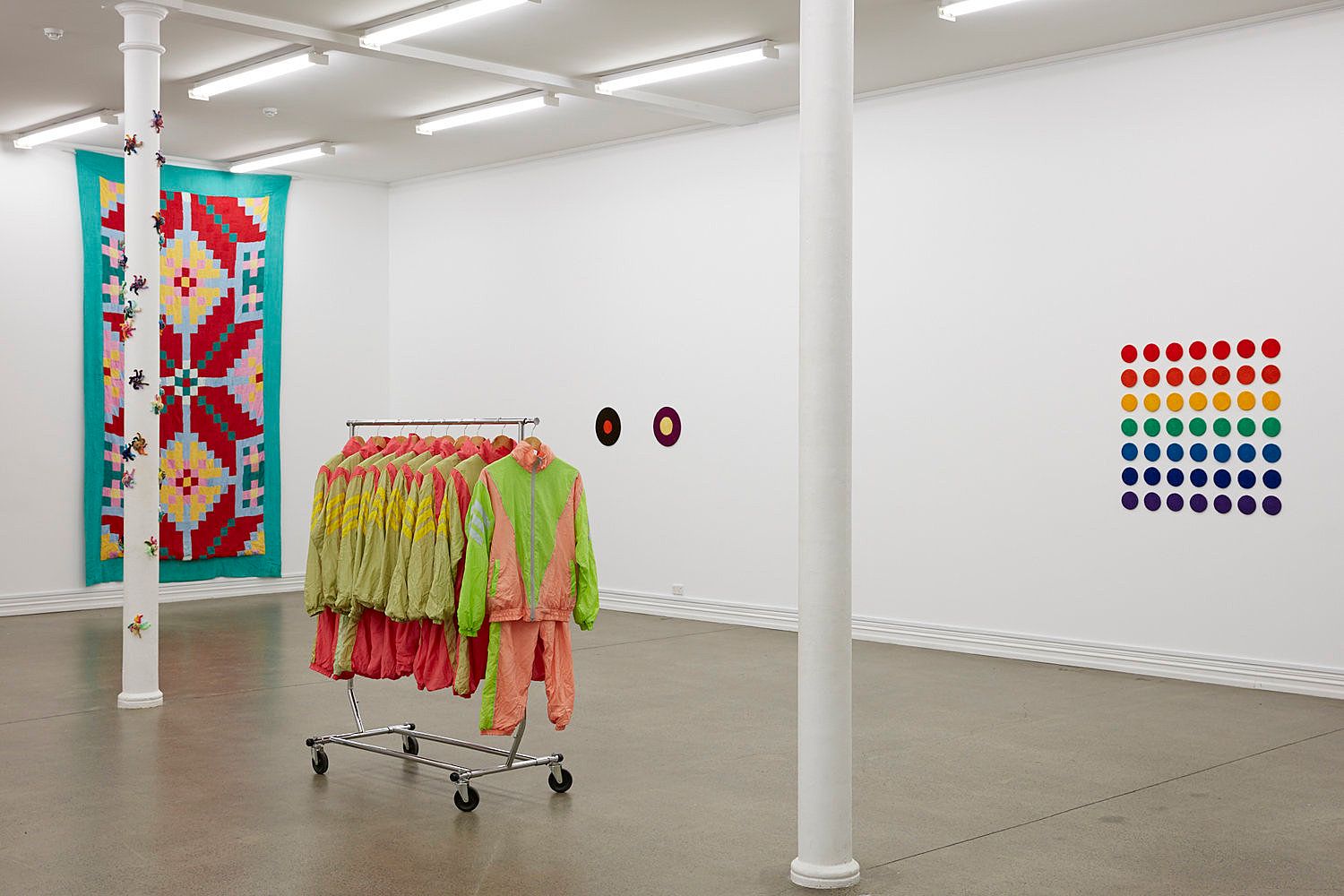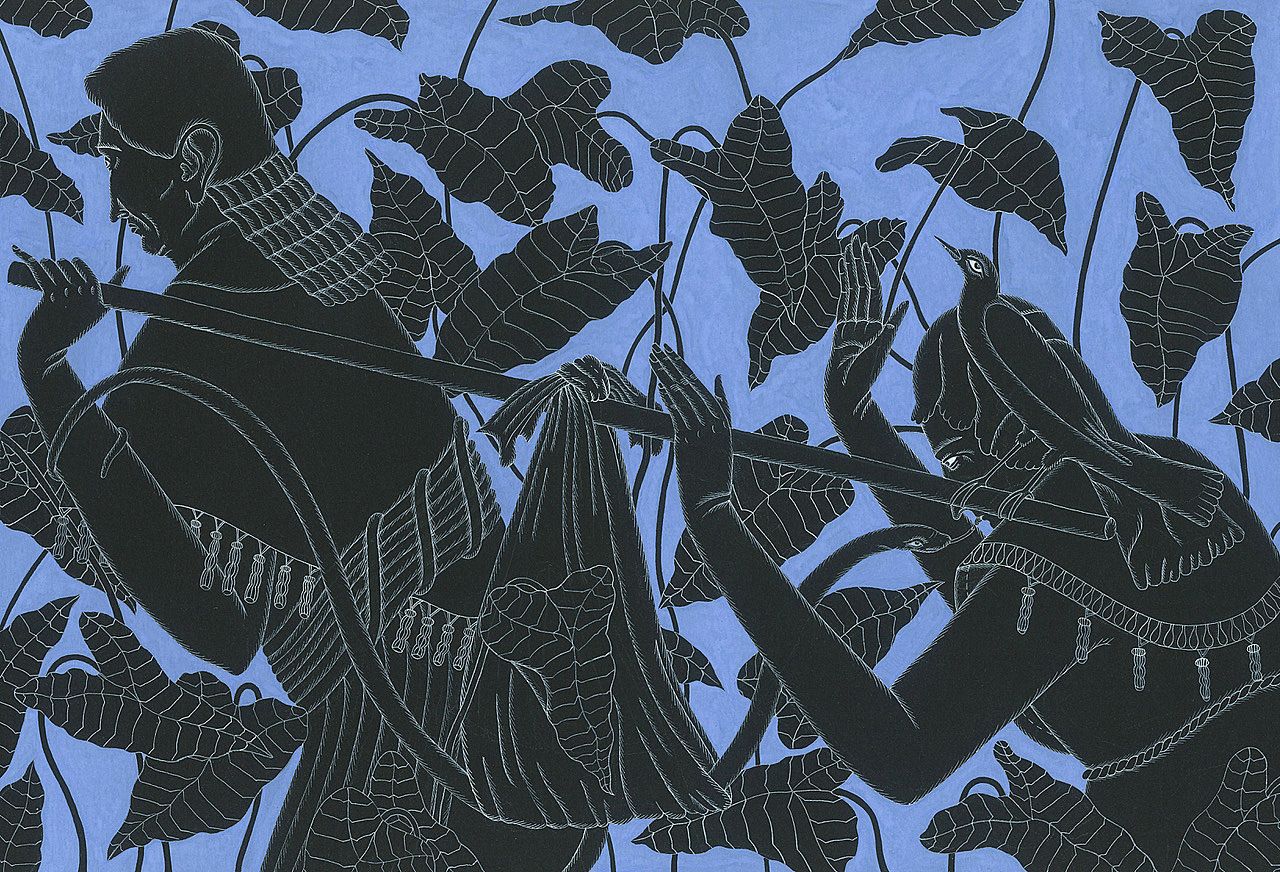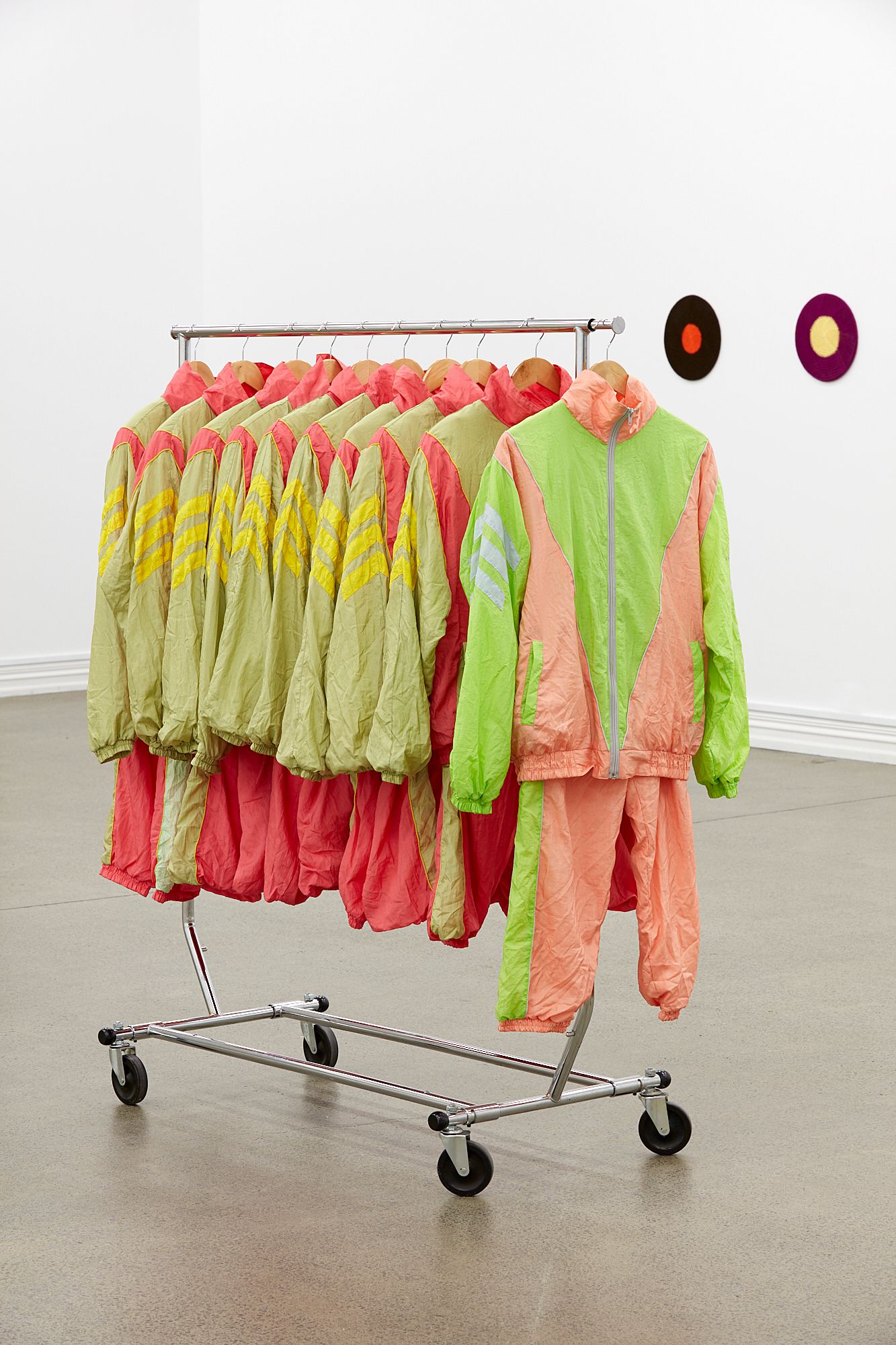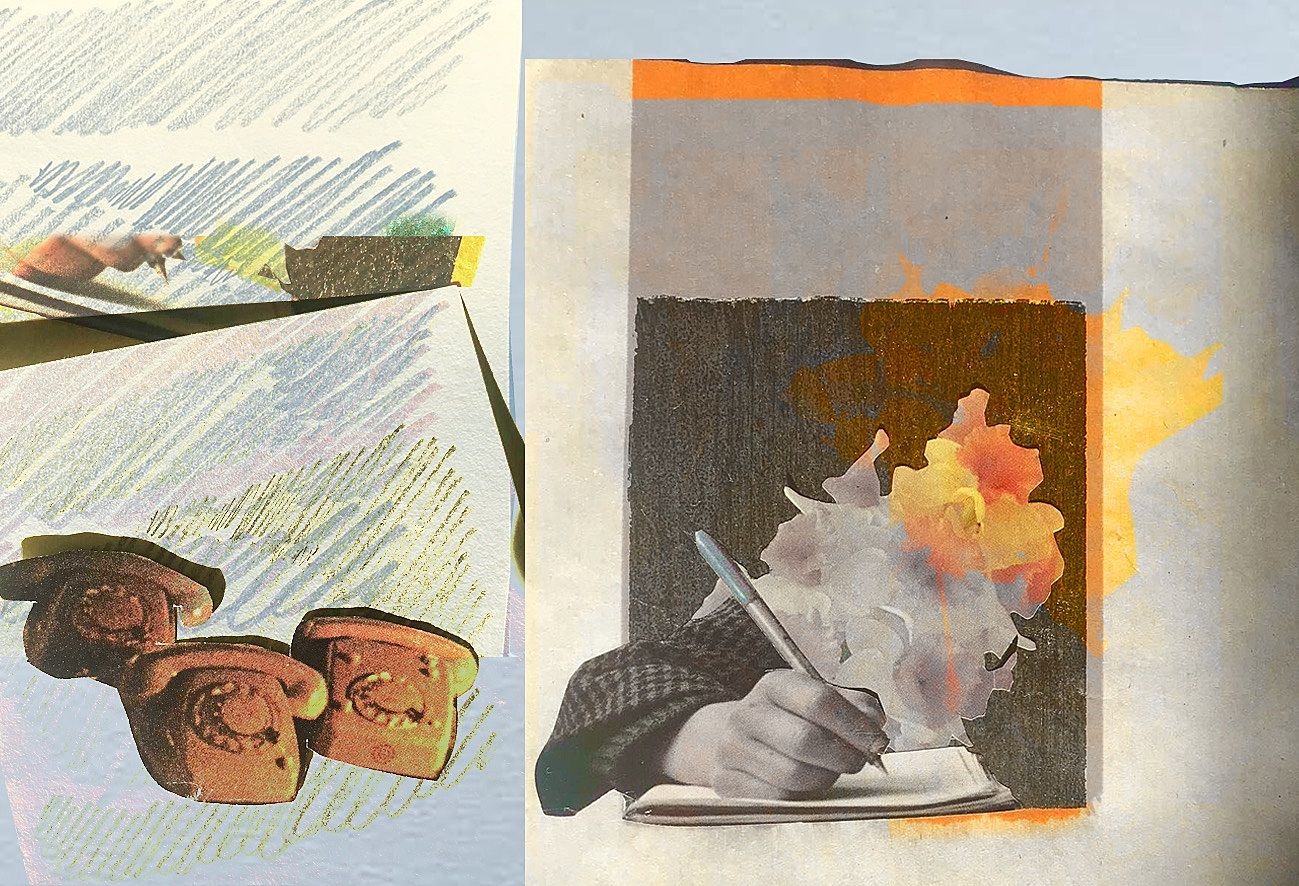The Unmissables: March
A monthly round-up of artworks in Tāmaki Makaurau that we keep returning to.
A monthly round-up of artworks in Tāmaki Makaurau that we keep returning to.
Auckland Arts Festival has dawned on the city, offering a delicious spread of ways to spend your time this month. However, if you have no idea where to start and prefer a slightly smaller menu of arts offerings then you’ve come to the right place. This month our review team of art critics Lucinda Bennett, Lana Lopesi and Francis McWhannell has scoured the city to find three delectable exhibitions in Tāmaki Makaurau that are making our mouths water.
With a practice spanning over 40 years, celebrated Canterbury artist Pauline Rhodes (Aotearoa, 1937) is best known for her spatial works, of which there are two nodes. One is her extensums, which most often manifest as minimal, ephemeral outdoor installations that work to extend space. The other node is the intensums, which work to intensify the space they occupy and tend to be assembled within a gallery.
Pleasure and Pain (1980 – 2019) is of this latter node: a large-scale installation intensifying our experience of the gallery first and foremost through introducing an opulence of arterial red. Slim, splintery red plywood forms lean against the walls and blossom out from the floor. They could be flames, mountains or rusted sheets of COR-TEN steel. We could be entering the human heart, finding words gently carved into its walls: sea spray, generating, blood, change. The gallery has become baroque, carnal, ritualistic, biblical. There are dried, savage-looking cuttings of matagouri scattered around the space, at first making me think of a certain crown of thorns, then somehow growing even more visceral when I am told that the shrub’s sharp thorns were used by early Māori as tattooing needles when other implements were scarce. The cuttings rest upon circles of creamy cloth marbled with faint, grisly rust-coloured stains, sitting with bundles of silk, twisted like damp bedsheets after a feverish night. – LB
Pauline Rhodes
Pleasure and Pain
Michael Lett
27 February – 30 March
Devotees of Ōtepoti-based Kushana Bush (Aotearoa, 1983) are in for a surprise, and a treat. Her latest exhibition, Antique Electric, represents a marked departure. The artist has all but emptied her gouaches of the high-key colours she previously favoured, working with fine white lines on black. A single hue remains: a chalky, charged blue evocative of Wedgwood jasperware. Bush’s works have never been timid, but these possess unusual power – graphic and poetic.
There are threads of continuity. As before, the images are without definite place or time, populated by Bush’s stylised figures and incorporating icons, objects, and styles from a panoply of sources. New references, both ancient and modern, have been introduced or brought to the fore. Egyptian tomb paintings, Greek black-figure pottery and Mesopotamian hairdos collide with Victorian wallpaper, early-20th-century wood engravings and ebony-black Art Deco-ish frames.
The works are impressive for their virtuosity: the precision of the tiny painted lines; the complex fluidity of the compositions, in which creatures and plants dance in unison. But the greatest delight is in the detail. A cigarette billows. A bendy straw turns up among a stand of reeds. A snake, slung between two men as if in a litter, touches its tongue to that of one of its bearers. Nothing is explicit and nothing conclusive. All remains suspended in fabulous near-knowing. – FM
Kushana Bush
Antique Electric
Ivan Anthony
6 – 30 March
Between the current exhibition at Auckland Art Gallery Toi o Tāmaki, the upcoming show at Objectspace and Classic Hits now on at Starkwhite, Ani O’Neill’s presence is undeniably felt in the city’s art spaces at the moment, and rightfully so. Auckland-born O’Neill (1971) is a revolutionary Moana artist in her own right. Crossing the art/craft binaries, O’Neill draws on women’s making practices as a tool for social commentary.
Classic Hits, at Starkwhite, brings together a collection of well-known and adored works. While many of them are familiar, including the large towelling Tivaevae (1994) and the Tangaroa Tripdych (1992) made for the seminal exhibition Bottled Ocean, it is the slightly more understated and unexpected SQUAD SUITS (2002) that draws me in.
Hanging on a rack in the middle of the gallery, SQUAD SUITS consists of found 80s tracksuits, each labelled with the name of an artist who once wore it. The work initially seems to contrast the formal mastery of the handmade which typifies O’Neill’s practice. However on further consideration SQUAD SUITS is a subtle reference to the co-creation and collaboration found in much of O’Neill’s other work. Disrupting the myth of the individual artist, SQUAD SUITS reminds us of the teams, families and communities that exist behind all of us – named or not. – LL
Ani O’Neill
Classic Hits
Starkwhite
14 March – 10 April
The Unmissables is presented in a partnership with the New Zealand Contemporary Art Trust, which covers the cost of paying our writers. We retain all editorial control.






